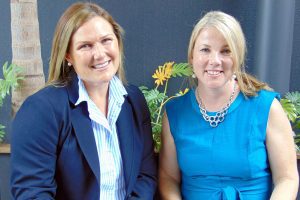While a recent report by the Australian Institute of Health and Welfare indicates participation in the National Cervical Screening Program (NCSP) reduced in 2010-2011, incidence rates and mortality rates have both halved since the NCSP was introduced in 1991.
More than 3.6 million women were screened by the NCSP in 2010-2011, which is 57 per cent of women in the target population group (aged 20-69) screened through the NCSP.
“Participation had decreased slightly in 2010-2011, down from 58 per cent in 2009-2010, and 59 per cent in 2008-2009,” said AIHW spokesperson Justin Harvey. “Despite the slight fall in the proportion of women participating in the NCSP, the number of participants continued to rise and detection of high-grade abnormalities remained high.”
In 2011, for every 1,000 women screened, 8 women had a high-grade abnormality detected.
Participation was similar across remoteness areas, with the highest rate recorded for Inner regional areas (58 per cent) and the lowest in Remote areas (55 per cent).
“Greater differences were seen in participation rates across socioeconomic status, with a clear trend of increasing participation with increasing socioeconomic status,”’ Mr Harvey said. Participation ranged from 52 per cent in areas of lowest socioeconomic status to 63 per cent in areas where socioeconomic status was highest.
‘The good news is that incidence rates and mortality rates have both halved since the NCSP was introduced in 1991-remaining at their historic lows of nine new cases and two deaths per 100,000 women since 2002,’ Mr Harvey said.
The number of new cases of cervical cancer per 100,000 Aboriginal and Torres Strait Islander women was more than twice that for non-Indigenous women. The number of deaths per 100,000 Aboriginal and Torres Strait Islander women was five times the non-Indigenous rate.




















Add Comment